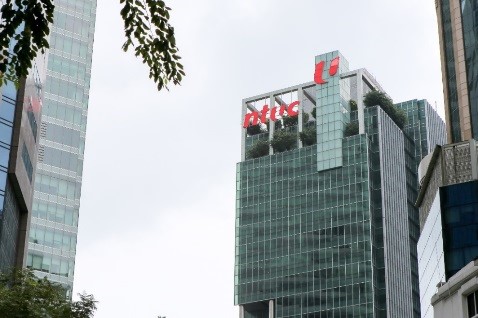Why did the United States of America intervene in Singapore’s labour politics?
May 2, 2017

Yesterday we commemorated Labour Day to honour the contributions made by workers and celebrate the industrial peace we enjoy today. Turning the clock back to the 1950s and early 1960s, industrial relations in Singapore were more antagonistic and labour unrest was pervasive. Little known to many of us, this labour unrest invited the intervention of the U.S. and A/P Joey Long (Dept of History) explains this episode of Singapore’s pre-independence history in a 2009 article (Mixed up in Power Politics and the Cold War: The Americans, the ICFTU and Singapore’s Labour Movement, 1955-1960) published in the Journal of Southeast Asian Studies.
Against the backdrop of the Cold War, American officials were concerned that growing labour unrest in Singapore was motivated by underground communist agents operating through the unions. Fearing that the newly elected Singapore Labour Front government led by David Marshall was incapable of dealing with the communist threat, American officials decided to intervene in Singapore’s labour politics. To strengthen the non-communist labour unions in Singapore, representatives from the American-backed International Confederation of Free Trade Unions (ICFTU) were dispatched there. Ultimately, what motivated this intervention was a fear that the failure to prevent communism from becoming entrenched in Singapore would trigger a domino effect, putting other Southeast Asian nations at risk from communist subversion.
To learn more, please click here.
